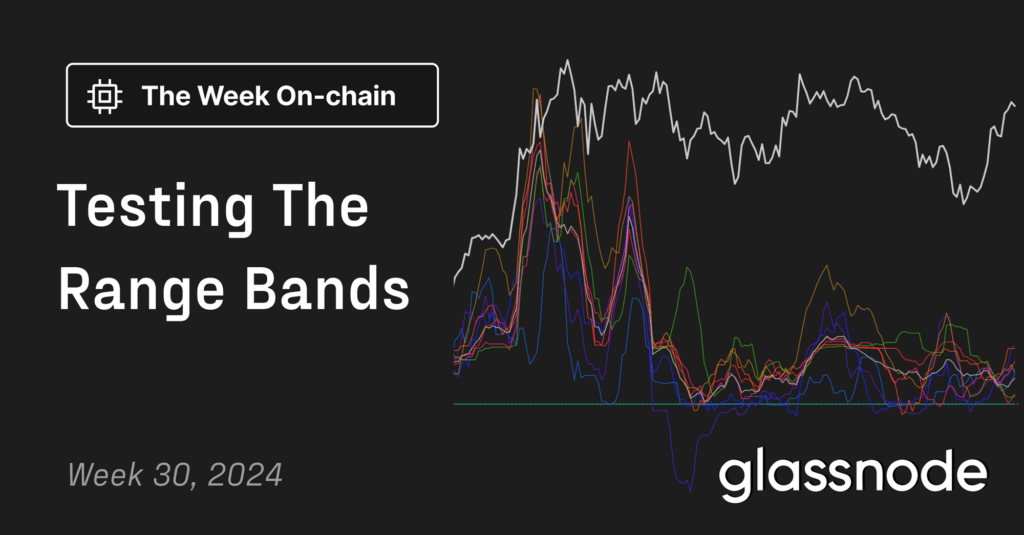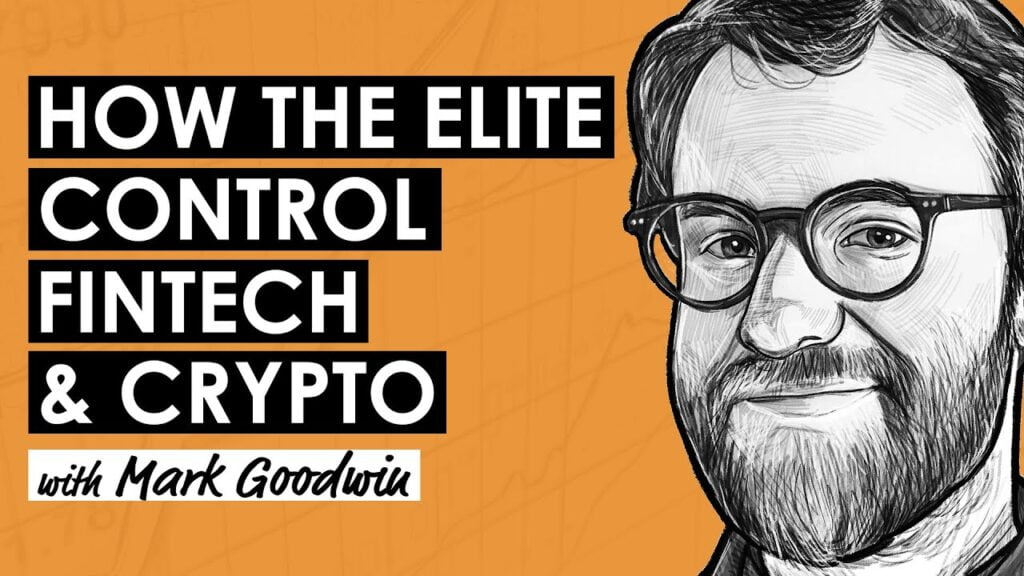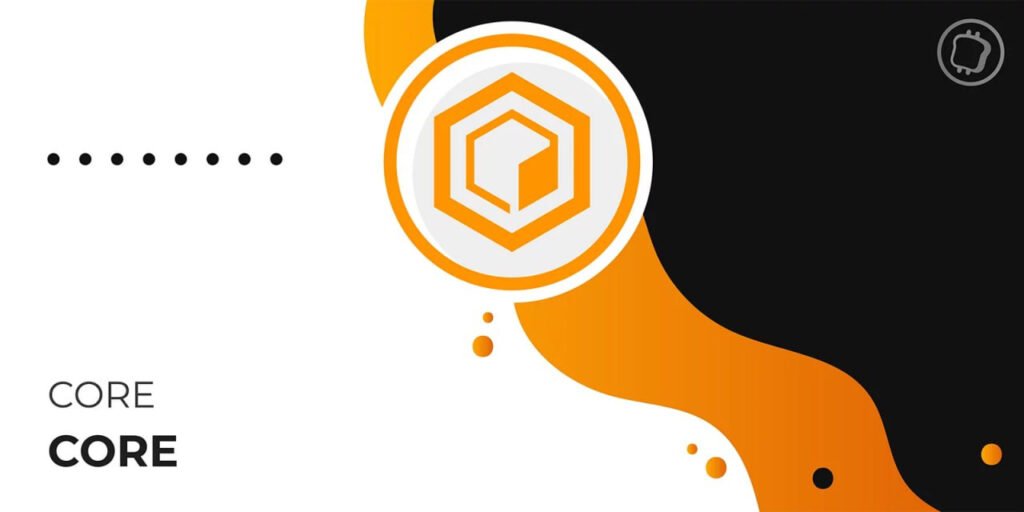Research Summary
The report provides an in-depth analysis of the proof-of-work (PoW) consensus mechanism in Bitcoin mining and its implications for the network’s security, decentralization, and overall value as a digital monetary good. It contrasts PoW with the proof-of-stake (PoS) mechanism, highlighting the differences in cost, energy consumption, and governance. The report emphasizes the importance of understanding these mechanisms for investors assessing Bitcoin’s investment properties and does not address the environmental concerns of Bitcoin mining.
Key Takeaways
Understanding Proof-of-Work
- Essential Mechanism: Proof-of-work is critical for the Bitcoin network’s functionality, solving complex computer science problems and enabling consensus without central authority.
- Physical Cost Justification: The report clarifies that the physical cost of computing and electricity in PoW is a deliberate feature, not an undesired externality, as it deters malicious actors.
Bitcoin’s Decentralized Nature
- Decentralization and Security: PoW contributes significantly to Bitcoin’s security and decentralization, making it a robust digital monetary good.
- Miners’ Role: Miners secure the network by validating transactions and are rewarded for their efforts, ensuring the network’s integrity and preventing double-spending.
Proof-of-Stake Comparison
- Alternative Mechanism: Proof-of-stake is presented as an alternative to PoW, with different cost structures and incentive mechanisms to maintain network honesty.
- Ethereum’s Transition: The report discusses Ethereum’s shift from PoW to PoS, noting the increased complexity and potential centralizing forces of PoS.
Consensus Mechanisms’ Implications
- Investment Considerations: Investors should consider the consensus mechanisms’ implications on network security, governance, and the value of digital assets.
- Physical vs. Virtual Governance: PoW relies on physical governance through energy consumption, while PoS operates in a virtual environment with a higher reliance on the social layer.
Future of Digital Asset Networks
- Network Evolution: The report suggests that the choice between PoW and PoS should align with the network’s objectives, whether aiming for stability or adaptability.
- Investor Awareness: It is crucial for investors to be aware of the risks and complexities involved in digital asset networks, including potential changes in consensus mechanisms.
Actionable Insights
- Assess Network Security: Investors should evaluate the security features of digital assets, considering the consensus mechanism used and its resistance to attacks.
- Analyze Governance Structures: Understanding the governance implications of PoW and PoS can provide insights into the potential centralization or decentralization of a network.
- Monitor Network Changes: Stay informed about transitions in consensus mechanisms, such as Ethereum’s move to PoS, and their impact on the network’s performance and asset value.
- Consider Energy Consumption: While not the focus of this report, investors should be mindful of the energy consumption associated with PoW and its relevance to the asset’s sustainability and long-term viability.
- Understand Investment Risks: Recognize the high-risk nature of digital assets, the lack of federal insurance, and the need for thorough due diligence before investing.












